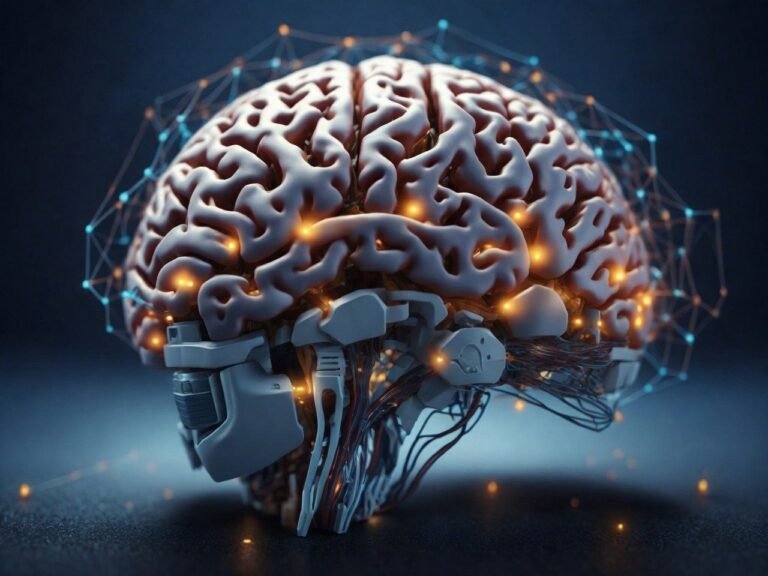Notable Achievements for Columbia in Neural Networks, Brain-Computer Interfaces, and Neuroscience
Columbia University has made significant strides in the fields of neural networks, brain-computer interfaces, and neuroscience. Their groundbreaking research and notable achievements have propelled our understanding of the brain and paved the way for future advancements in these fields.
One of the most notable achievements for Columbia in the field of neural networks is the development of deep learning models that have revolutionized artificial intelligence. The university’s researchers have made significant contributions to the field, pushing the boundaries of what is possible with neural networks. Their work has led to advancements in computer vision, natural language processing, and speech recognition.
In the realm of brain-computer interfaces (BCIs), Columbia has been at the forefront of developing innovative technologies that allow direct communication between the brain and external devices. Their researchers have successfully demonstrated the use of BCIs to restore movement and communication abilities in individuals with paralysis. This groundbreaking work has the potential to greatly improve the quality of life for people with disabilities.
Columbia’s neuroscience department has also achieved remarkable milestones in understanding the complexities of the human brain. Their researchers have made significant discoveries in areas such as neuroplasticity, memory formation, and cognitive processes. These findings have shed light on how the brain works and have implications for the treatment of neurological disorders.
One notable achievement in the field of neural networks is the development of the Deep Convolutional Generative Adversarial Networks (DCGAN) by researchers at Columbia. DCGANs have revolutionized the field of image generation and have been used to create highly realistic images. This breakthrough has applications in various industries, including entertainment, design, and advertising.
In the realm of brain-computer interfaces, Columbia researchers have developed a non-invasive BCI system that allows individuals to control external devices using their thoughts. This technology has the potential to transform the lives of people with severe disabilities, giving them greater independence and control over their environment.
Columbia’s neuroscience department has also made significant contributions to our understanding of the brain. Their researchers have uncovered mechanisms underlying neuroplasticity, the brain’s ability to change and adapt. This knowledge has implications for the treatment of brain injuries and neurodegenerative diseases.
Overall, Columbia University has achieved remarkable milestones in the fields of neural networks, brain-computer interfaces, and neuroscience. Their groundbreaking research and notable achievements have advanced our understanding of the brain and have the potential to transform various industries and improve the lives of individuals with neurological disorders.
Here is how BARD describes Columbia University’s achievements:
Columbia University has made a number of notable achievements in the fields of neural networks, brain-computer interfaces (BCIs), and neuroscience. Here are some of the most notable examples:
- Neural Networks: Columbia researchers have developed new neural network architectures and training algorithms that have achieved state-of-the-art results in a variety of tasks, such as image recognition, natural language processing, and machine translation. For example, in 2012, Columbia researchers developed the AlexNet neural network architecture, which won the ImageNet Large Scale Visual Recognition Challenge (ILSVRC) and helped to usher in the era of deep learning.
- Brain-Computer Interfaces: Columbia researchers are developing new BCI technologies that could help people with paralysis regain control of their limbs, communicate with the outside world, and even control external devices with their minds. For example, in 2016, Columbia researchers implanted a BCI device into a paralyzed man, Ian Burkhart, which allowed him to control a robotic arm with his thoughts.
- Neuroscience: Columbia researchers are making significant contributions to our understanding of how the brain works, at both the molecular and cellular levels. This research is essential for the development of new and more effective treatments for neurological disorders. For example, Columbia researchers have discovered new genes that play a role in Alzheimer’s disease and Parkinson’s disease.
Here are some additional notable achievements by Columbia researchers in these fields:
- In 2019, Columbia researchers developed a new type of BCI that can be used to control a computer cursor with the mind without the need for surgery.
- In 2020, Columbia researchers developed a new type of neural network that is more efficient and less computationally expensive than previous neural networks.
- In 2021, Columbia researchers used a combination of neural networks and neuroscience to develop a new method for decoding brain activity.
Columbia’s work in these fields has the potential to revolutionize the way we treat neurological disorders, interact with computers, and understand the human brain.
Columbia is a world leader in the fields of neural networks, BCIs, and neuroscience. The university’s researchers are committed to developing new technologies and treatments that have the potential to improve the lives of millions of people.







